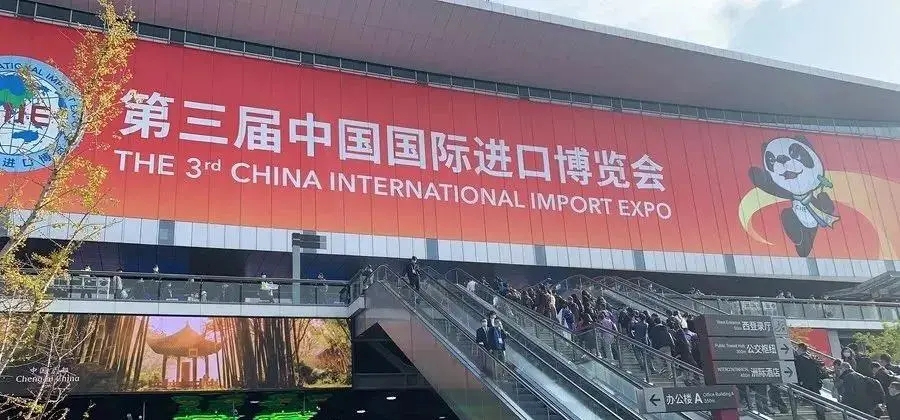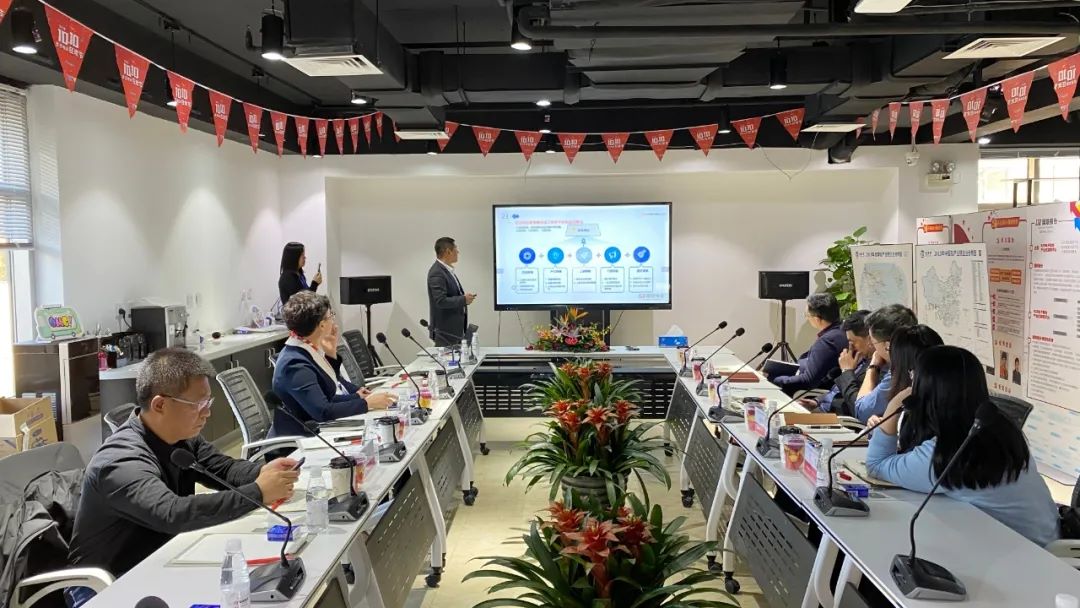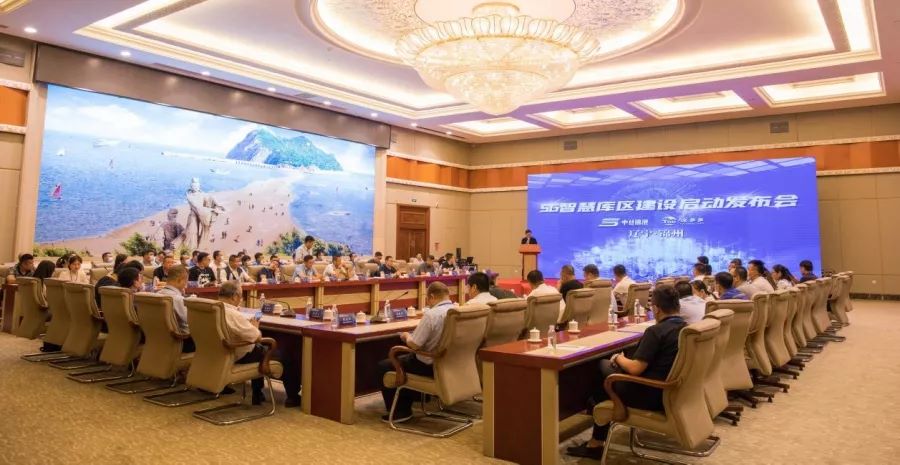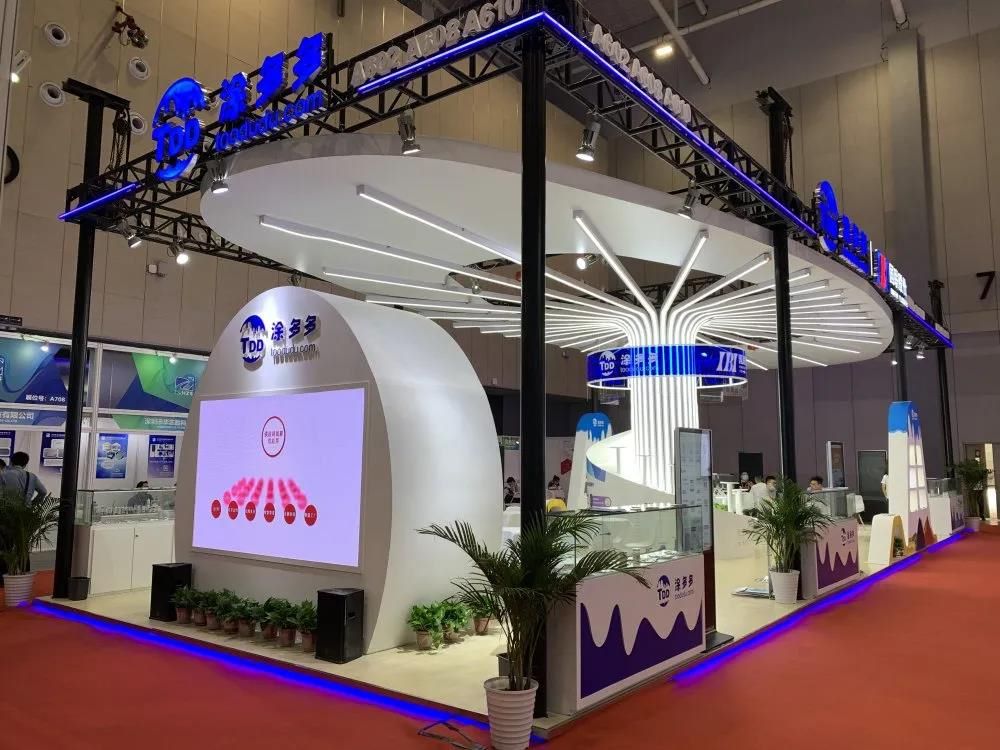Cognitive breakthrough of tire safety technology: from single reliance to system construction
At a time when smart connected cars are becoming more and more popular, the mandatory installation of tire pressure monitoring systems (TPMS) is like a "safety key", opening up a new dimension of driver's cognition of tire safety. However, market research shows that 63% of car owners have "electronic monitoring superstition", believing that TPMS alone can build a tire safety line.
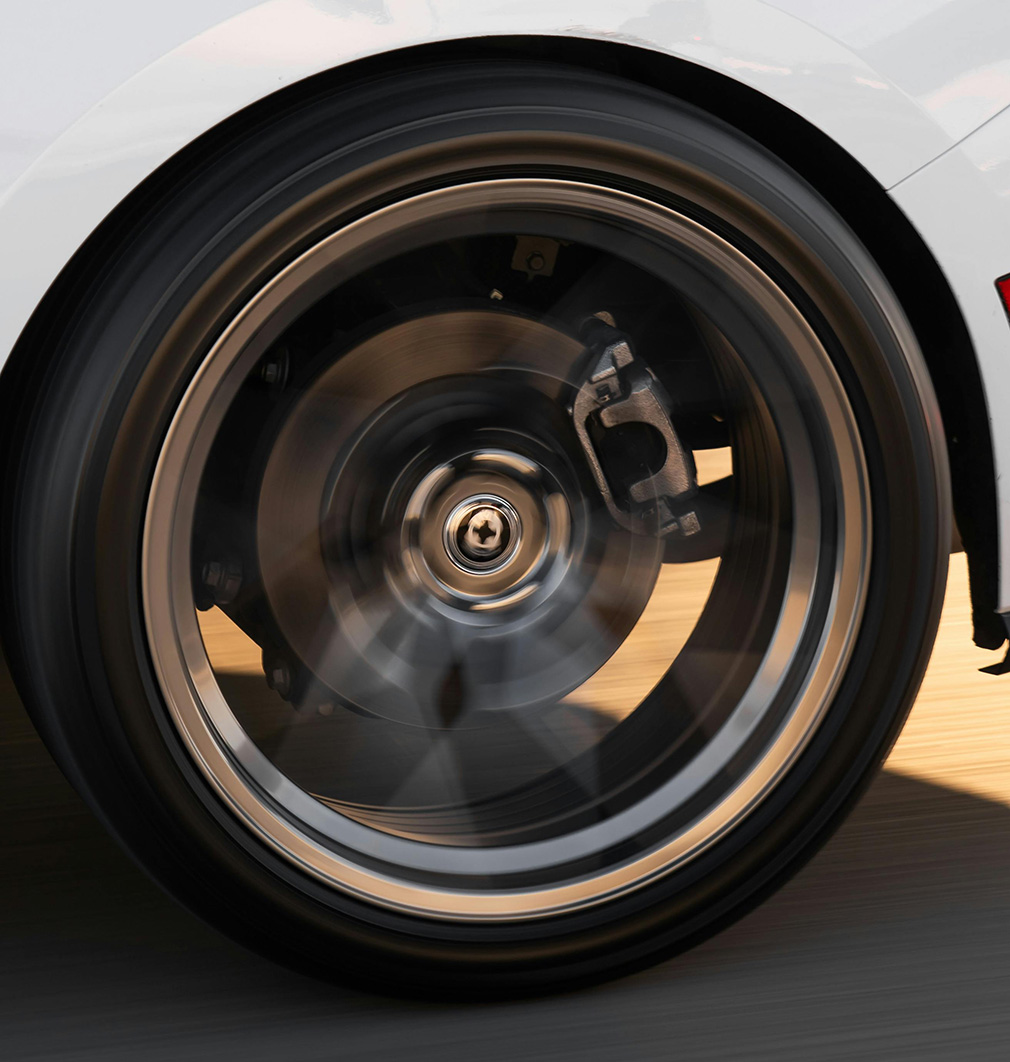
This cognitive misunderstanding is eliminating the engineering value of physical protection technologies such as run-flat tires (RSC) and self-repairing tires. This article jumps out of the technical opposition thinking and reveals the symbiotic logic of modern tire safety technology from the three dimensions of failure physics, scenario engineering, and safety system theory.
1. Technical differentiation and complementarity from the perspective of failure mechanism
(I) "Time-risk" double helix of electronic monitoring system
The core advantage of direct tire pressure monitoring system lies in "micro-abnormal capture": the resolution of its MEMS pressure sensor reaches 0.05bar, and with the attitude compensation algorithm of the acceleration sensor, it can accurately identify the pressure fluctuation of the tire under load changes. However, in the macro failure scenario, the system exposed significant "response lag" - when the tire body was punctured by a sharp object ≥8mm, the air pressure drop rate exceeded 0.5bar/minute, and the alarm delay of the monitoring system (average 12 seconds) and the driver's reaction time (0.8-1.2 seconds) overlapped, forming a substantial compression of the "golden disposal window". High-speed camera experiments show that the tread peels off in the 10th second after the ordinary tire loses pressure, while the TPMS alarm is usually triggered 30 seconds after the loss of pressure.
(II) "Structure-Function" Compensation Mechanism of Physical Protection Technology
The technical breakthrough of the run-flat tire lies in the construction of a "post-failure controllability maintenance system": the innovative tire wall support structure adopts a gradient modulus design, the inner layer of the elastomer maintains a 30% deformation reserve, the middle layer of aramid fiber cord provides a tensile strength of 120MPa, and the outer layer of thermosetting resin forms a rigid skeleton. This sandwich structure keeps the radial deformation of the tire under zero tire pressure within 15%, which is a cross-generational improvement in handling stability compared to the 45% deformation of ordinary tires. Self-repairing tires use bionic design to combine nano-butyl rubber sealing layers with shape memory resins. When a puncture of less than 5mm is encountered, the volume expansion rate of the sealing material reaches 300%, and the dynamic blocking of the leakage channel is completed within 0.5 seconds, forming an "instant damage tolerance" capability.
2. Technical synergy paradigm under the perspective of scenario engineering
(I) Urban commuting scenario: chain defense of chronic damage
In urban working conditions with an average daily commuting of 50 kilometers, 78% of tire damage is 3-6mm nail punctures. At this time, the self-repair technology and TPMS form a "detection-response" closed loop: when a puncture occurs, the sealing layer immediately starts physical blocking, and the TPMS recognizes the abnormality through the second-order derivative change of the pressure curve, triggering a graded warning (the yellow warning light indicates a slow leak, and the red warning light indicates that the repair is complete). The actual test data of a certain OEM shows that this combination scheme reduces the frequency of tire replacement under urban conditions by 41%, indirectly improving the endurance stability of new energy vehicles (avoiding the static loss of batteries caused by tire repair).
(II) High-speed driving scenario: critical control of sudden failure
Under high-speed conditions of 120km/h, the energy release rate of a tire blowout reaches 200kJ/s, far exceeding the structural tolerance limit of ordinary tires. The "dynamic balance maintenance technology" of the run-flat tire embodies its core value in this scenario: the specially designed bead locking structure increases the slip torque between the tire and the wheel hub to 3 times that of the traditional structure, and with the optimized ground contact footprint distribution (the ground contact area is only reduced by 22% after pressure loss), the vehicle can still maintain a lateral offset angle of ≤2.5° after a tire burst, which wins a critical control time window for the ESC electronic stability system. Comparative experiments show that the braking distance of a vehicle equipped with RSC after a tire burst is 18 meters shorter than that of an ordinary tire (60-0km/h braking).
(III) Extreme environment scenario: system fault tolerance for compound failures
In a severe cold environment of -30℃ or a high temperature environment of 50℃, the performance of the tire material decays by 20%-30%, and the failure probability of a single technology increases significantly. At this time, the technical combination of "TPMS + self-repair + RSC" shows system-level advantages: the temperature compensation algorithm of TPMS corrects the pressure threshold in real time, the temperature-sensitive formula of the self-repair material maintains sealing activity in the range of -40℃ to 80℃, and the antifreeze support colloid of RSC still maintains 80% of the design modulus at low temperatures. The application data of a polar expedition team shows that this combination scheme reduces the incidence of tire-related failures in extreme environments by 76%, ensuring the continuity of key tasks.
3. Cognitive reconstruction under the framework of safety system theory
(I) Establish a "three-dimensional safety coordinate" cognitive model
Construct a safety assessment system with "time dimension (timely warning) - space dimension (control stability) - energy dimension (failure buffer)" as the coordinate axis: TPMS provides early warning in the time dimension (0-3 minutes response), self-repair technology absorbs puncture impact in the energy dimension (reducing 90% of leakage energy), and RSC maintains the motion trajectory in the space dimension (lateral deviation ≤ 0.5 m/s). The vector superposition of the three forms a three-dimensional protection space, which improves the safety performance by 2.3 times compared with the linear protection of a single technology.
(II) Breaking the cognitive paradox of "technology substitution"
Through failure tree analysis (FTA), it can be seen that the system reliability of a single TPMS is 0.92, the reliability of a single RSC is 0.88, and the reliability of the combination of the two is 0.992 (in line with the reliability formula of the series system). This reveals that the essence of technology synergy is not functional overlap, but orthogonal coverage of failure modes - electronic monitoring systems are good at identifying gradual failures (slow air leakage), and physical protection technology focuses on dealing with sudden failures (tire blowouts), and the two form complementary coverage in the fault space. The claims data of an insurance agency confirms this conclusion: for vehicles equipped with both types of technologies, the tire accident claim rate is only 1/5 of that of vehicles equipped with a single TPMS.
(III) Build a "man-machine-environment" collaborative safety ecosystem
Automakers need to establish a "technical coupling design" mindset: embed tire safety state variables in the chassis control system so that systems such as ESP and ABS can adjust control strategies based on real-time data from TPMS and RSC; tire companies should develop "intelligent hardware + digital twin" products to optimize the activation threshold of self-healing materials through cloud algorithms; industry organizations need to promote the establishment of the "Tire Safety Technology Collaborative Application Guide" to clarify the technical configuration standards for different models and different usage scenarios. Ultimately, a full-chain safety empowerment system from material research and development to terminal applications will be formed.
Define new safety boundaries in technological integration
When we break out of the "either-or" technology selection mindset, we will find that modern tire safety technology is writing a new engineering philosophy - not replacing physical structures with electronic signals, but allowing digital intelligence to react chemically with material genes. Every precise warning from TPMS should be the starting point rather than the end point for the effectiveness of safety tire technology; every structural defense line of safety tires needs to be nourished by real-time data from the intelligent monitoring system. This symbiotic evolution of technologies is redefining the meaning of "tire safety": it is no longer a performance show of a single technology, but a safety redundant design of the entire automotive system in multiple dimensions such as materials, electronics, and control. Only by establishing this systematic cognition can tire safety truly become a reliable cornerstone in the era of smart travel.
- A variety of ultra-high performance tires compete702
- Lubricant and tire prices soar due to tariffs965
- The more difficulties we face, the more courageous Chinese tires are1015
- Domestic and international rubber market situation on April 17, 20251037
- Cognitive breakthrough of tire safety technology: from single reliance to system construction970

